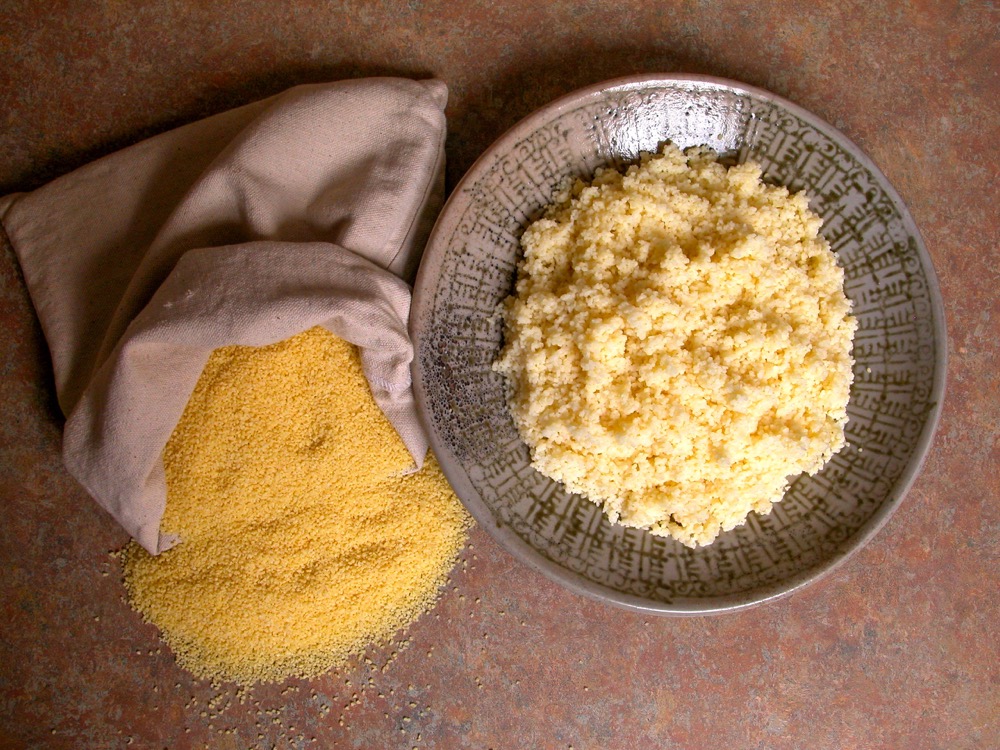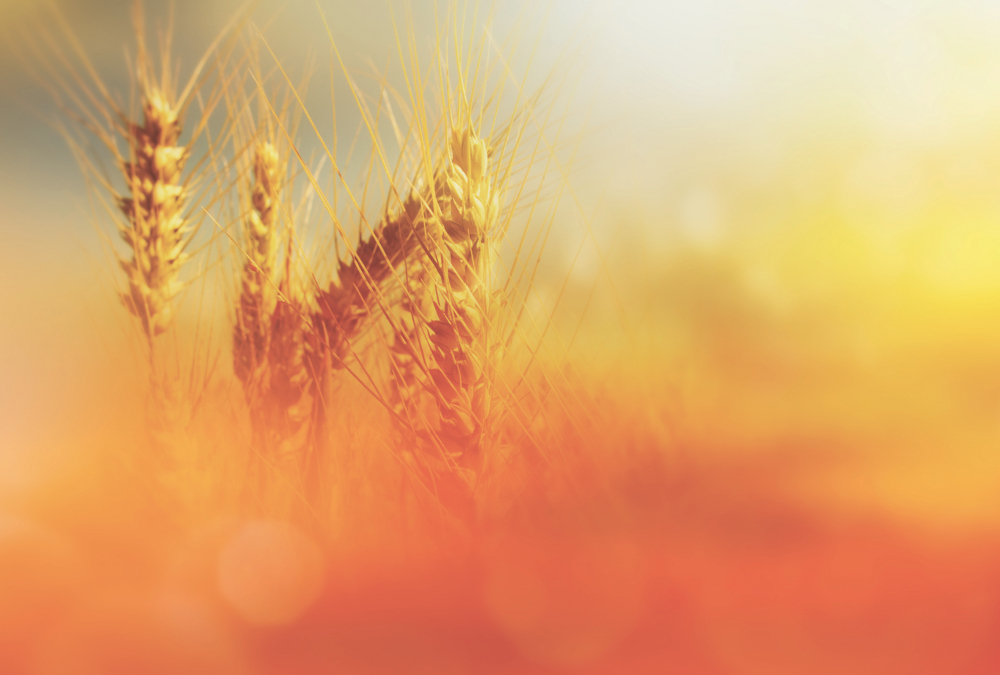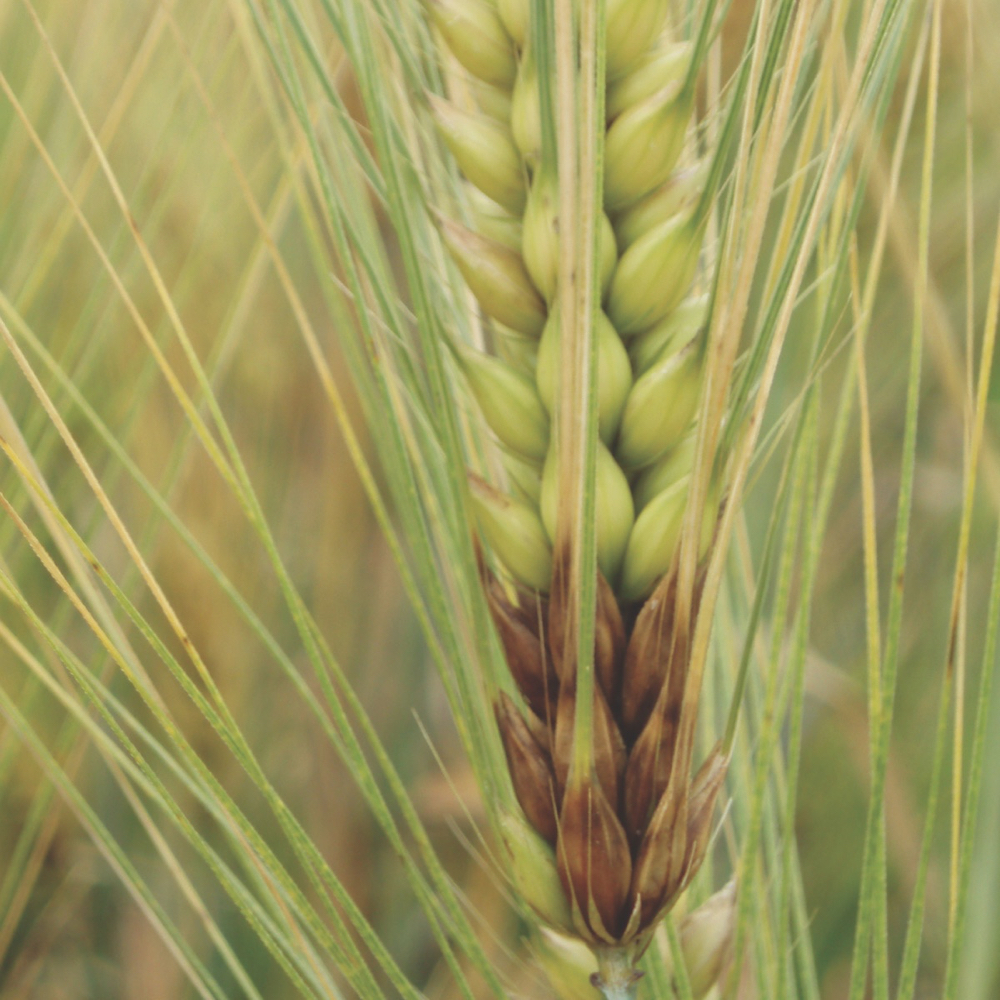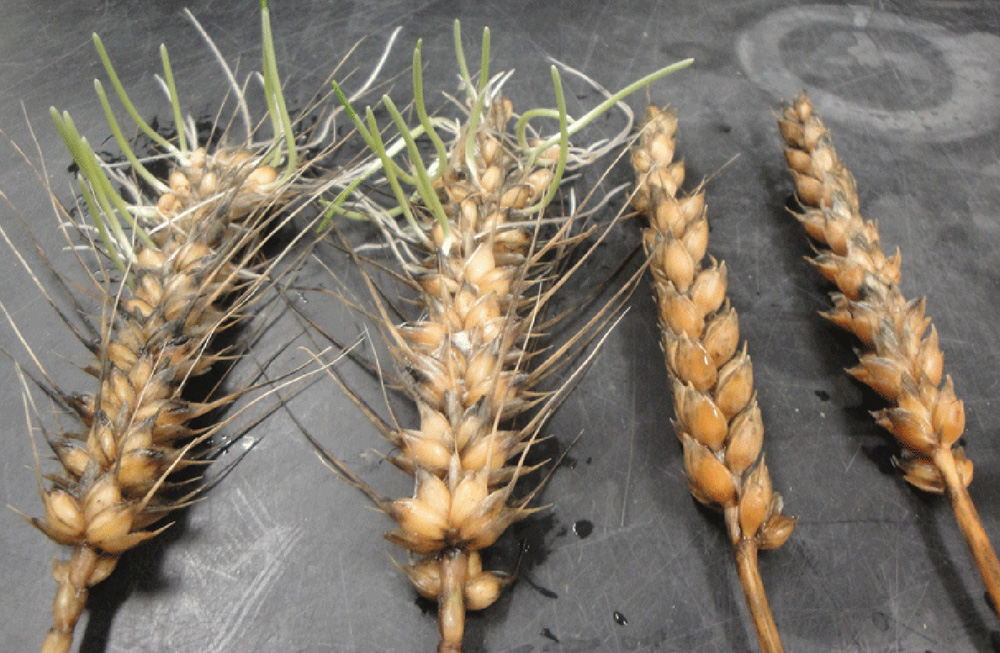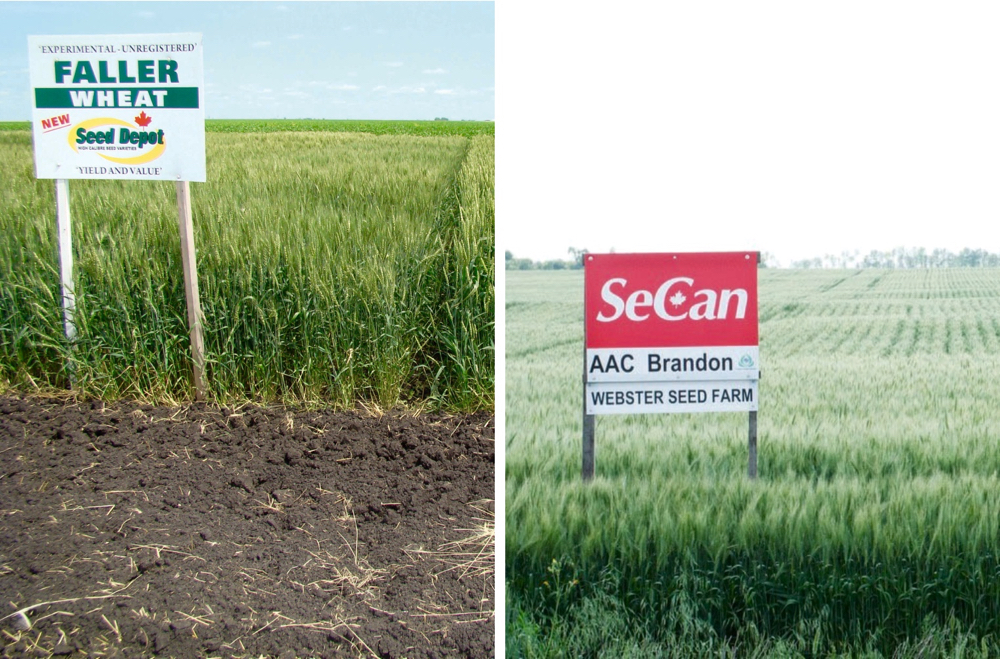Although durum wheat is synonymous with pasta as an end product, Canada’s biggest durum-importing region actually uses a significant percentage of its imports for couscous.
“North Africa is different from the rest of the world with respect to the use of durum because a lot of it is used for couscous, whereas when the rest of the world buys durum they make pasta,” says Ashok Sarkar, senior adviser in technology at Cigi (Canadian International Grains Institute).
Couscous is a coarsely ground product made from durum semolina, which is the milled endosperm of the durum kernel. A large portion of the milled durum is also used for producing hearth bread.
Read Also

Advancing regenerative farming practices
Last year, Griffith Foods launched a pilot program to promote regenerative agriculture in Ontario wheat in partnership with Parrish &…
The North African countries of Morocco, Algeria and Tunisia prefer the high quality of Canada Western Amber durum wheat to meet their specific processing and end-product quality requirements, Sarkar says. North Africa imports well over one million tonnes of CWAD annually.
In 2013, the three countries sent industry representatives to Cigi for a durum technical program where they learned more about Canadian durum and also met with industry representatives. Last December Cigi, Cereals Canada, the Canadian Grain Commission, and a western Canadian wheat producer together visited North Africa to hold new crop seminars for customers.
“Algeria imports a large quantity of Canadian durum mainly through a government organization, just as Tunisia does although Tunisia imports less,” Sarkar says. “Both countries value quality even though they are price-sensitive markets. Morocco, which imports durum through private trade, focuses especially on higher quality and likes to buy No. 1 CWAD for its couscous and pasta production.”
Sarkar explains that North African consumers generally demand a high-quality end product with the appealing yellow colour that the higher grades of Canadian durum can provide. The high grades also contain more hard vitreous kernels, which results in the milling of a greater amount of durum semolina rather than residue flour. Semolina has a higher value, giving the customers a better return.
Overall, durum customers may look for hard vitreous kernels, bright-yellow colour, a high percentage of semolina yield, low ash content, good cooking properties, and low cadmium content (which usually applies more to the European Union than North Africa).
“Fortunately, the basic quality requirement for couscous is the same as for pasta,” Sarkar says. “The only difference in couscous is that you aren’t necessarily looking for high protein which processors are concerned about in pasta. Couscous is made up of tiny particles so it isn’t a problem with respect to firmness to the bite as it would be in pasta products. Also, pasta is cooked in boiling water where overcooking can negatively influence texture, especially when there is insufficient protein present in the semolina.”
Sarkar points out that with its 50 per cent share of the world export market, Canada is the world’s best durum wheat producer, so that even in more difficult crop years the overall quality remains high enough to still meet customers’ processing requirements. “The durum colour is excellent. Our breeding program has been phenomenal. Our durum varieties are so good that despite (negative) factors affecting quality such as environment, the overall quality is still very good.”
Ellen Goodman is communications specialist for Cigi
Couscous
Couscous is a popular North African/Mediterranean dish that originated as early as the ninth century. Since couscous has no real flavour of its own, it is used as a nutritious base for vegetable and meat dishes. Traditionally the semolina grains milled from durum wheat are formed and dried, then are cooked by steaming in a pot called a couscoussièr, a process which can take about 45 minutes to an hour. However, today, instant couscous products are also available, particularly in places such as North America, which only require soaking the semolina in boiling water for about 10 minutes.

